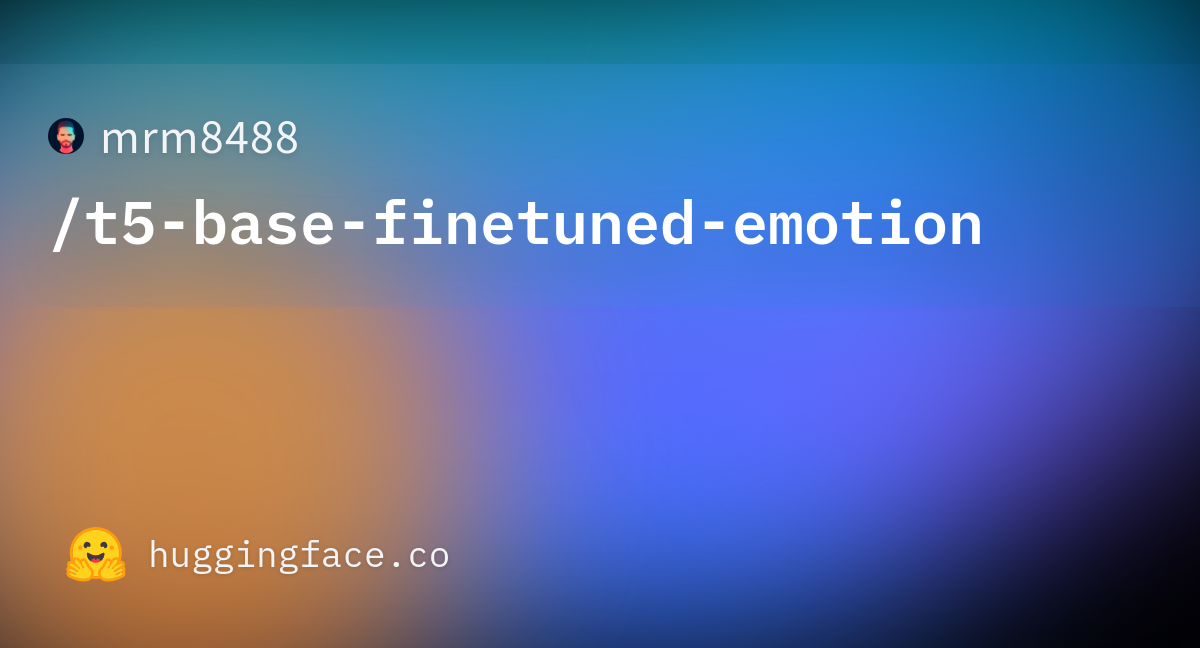

We will also create a directory to hold our input files for training. Once we are in our Notebook, we can scroll to the first code cell to begin the necessary installs for this Notebook. #create the directories we will use for the task
Huggingface finetune install#
!pip install -qq accelerate tensorboard ftfy Set up & installations Install the required libraries
Huggingface finetune how to#
Once we have walked through the code, we will demonstrate how to combine our new embedding with our Dreambooth concept in the Stable Diffusion Web UI launched from a Gradient Notebook. In this tutorial, we will show how to train Textual Inversion on a pre-made set of images from the same data source we used for Dreambooth. When combined with the concepts we trained with Dreambooth, we can begin to really influence our inference process. These can be used in new sentences, just like any other word." In practice, this gives us the other end of control over the stable diffusion generation process: greater control over the text inputs. Rather, Textual inversion "learns to generate specific concepts, like personal objects or artistic styles, by describing them using new "words" in the embedding space of pre-trained text-to-image models. This is a bit of a misnomer however, as the diffusion model itself isn't itself tuned. It is similarly expensive in terms of computation, so it represents a great additional option for tuning the model. The other popular method for achieving a similar result that we can try is Textual Inversion. This gives a far wider range of users a much more affordable and accessible entrypoint for joining in on the rapidly expanding community of Stable Diffusion users. Dreambooth's robust strategy requires only 16 GB of GPU RAM to run, a significant decrease from these other techniques. While effective, this strategy is prohibitively computationally expensive to run for most people without access to powerful Datacenter GPUs. Other attempts to fine-tune Stable Diffusion involved porting the model to use other techniques, like Guided Diffusion with glid-3-XL-stable.

In our last tutorial, we showed how to use Dreambooth Stable Diffusion to create a replicable baseline concept model to better synthesize either an object or style corresponding to the subject of the inputted images, effectively fine-tuning the model.


 0 kommentar(er)
0 kommentar(er)
